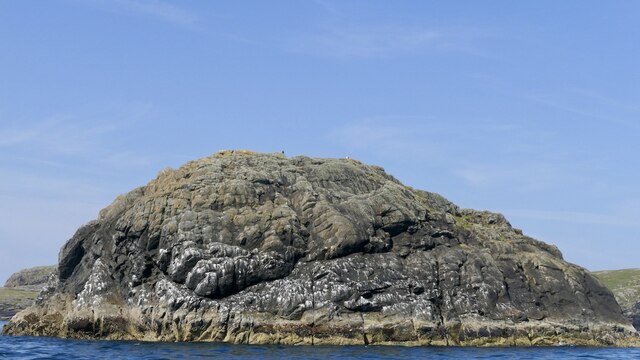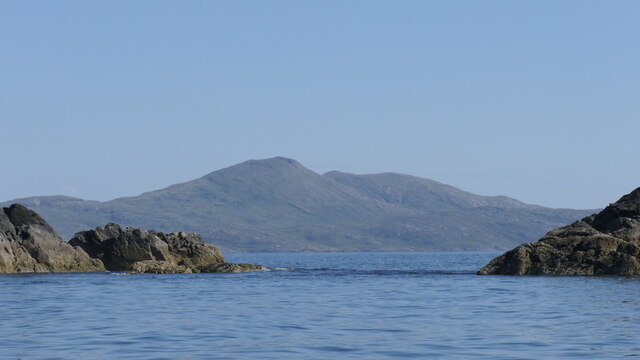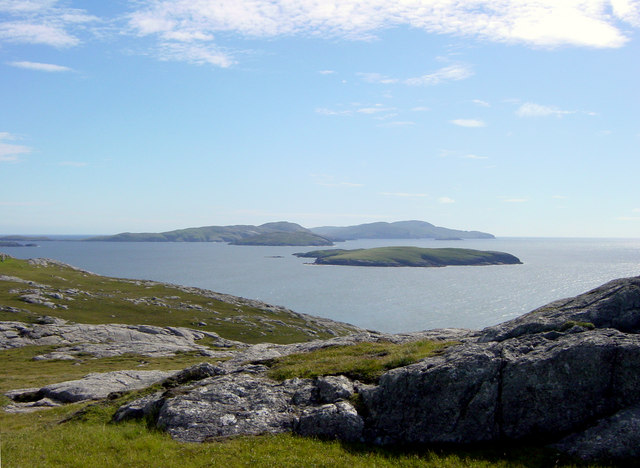Lìthinis
Coastal Feature, Headland, Point in Inverness-shire
Scotland
Lìthinis
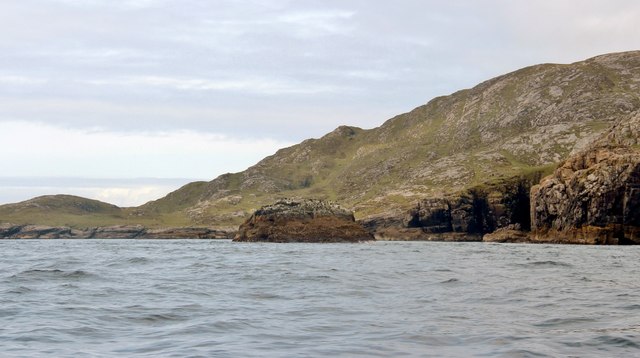
Lìthinis is a prominent coastal feature located in Inverness-shire, Scotland. It is classified as a headland or point, jutting out into the North Sea. This geographical formation is situated on the northeastern coast of Scotland, near the town of Inverness.
Lìthinis is known for its rugged and dramatic cliffs, which rise steeply from the sea, providing breathtaking views of the surrounding landscape. The headland is composed of various rock types, including sandstone and granite, which have been shaped over millions of years by the relentless force of the ocean waves.
The coastal area around Lìthinis is rich in biodiversity, with a wide variety of plant and animal species inhabiting the surrounding cliffs, caves, and rock pools. Seabirds such as puffins, guillemots, and razorbills can often be seen nesting on the cliffs, while grey seals and dolphins can occasionally be spotted swimming in the waters below.
Lìthinis is also of historical significance, with remnants of ancient settlements and archaeological sites scattered throughout the area. These sites provide valuable insights into the lives of the people who once inhabited this coastal region.
The headland is a popular destination for outdoor enthusiasts, offering opportunities for hiking, birdwatching, and photography. There are well-maintained trails that lead visitors along the cliffs, providing stunning panoramic views of the coastline and the North Sea.
In summary, Lìthinis is a striking headland located in Inverness-shire, Scotland. Its rugged cliffs, rich biodiversity, and historical significance make it a captivating destination for nature lovers and history enthusiasts alike.
If you have any feedback on the listing, please let us know in the comments section below.
Lìthinis Images
Images are sourced within 2km of 56.883714/-7.5024329 or Grid Reference NL6490. Thanks to Geograph Open Source API. All images are credited.
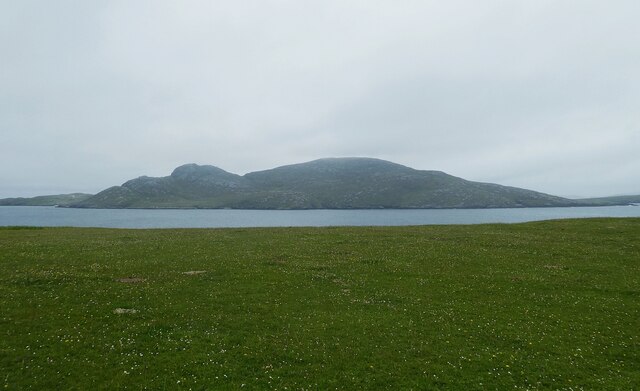
Lìthinis is located at Grid Ref: NL6490 (Lat: 56.883714, Lng: -7.5024329)
Unitary Authority: Na h-Eileanan an Iar
Police Authority: Highlands and Islands
What 3 Words
///wedge.launch.schematic. Near CastleBay, Na h-Eileanan Siar
Nearby Locations
Related Wikis
Sandray
Sandray (Scottish Gaelic: Sanndraigh) is one of the Barra Isles in the Outer Hebrides of Scotland. It never had a large population, and has been uninhabited...
Flodday near Vatersay
Flodday (Scottish Gaelic: Flodaigh) is an uninhabited island, south west of Barra in the Western Islands of Scotland. == Geography and geology == Flodday...
Lingeigh
Lingeigh or Lingay is an unpopulated islet in the Outer Hebrides. It lies towards the southern end of the archipelago, just north of Pabbay and five kilometres...
Pabbay, Barra Isles
Pabbay (Scottish Gaelic: Pabaigh) is one of the Barra Isles at the southern tip of the Outer Hebrides of Scotland. The name comes from Papey, which is...
Have you been to Lìthinis?
Leave your review of Lìthinis below (or comments, questions and feedback).

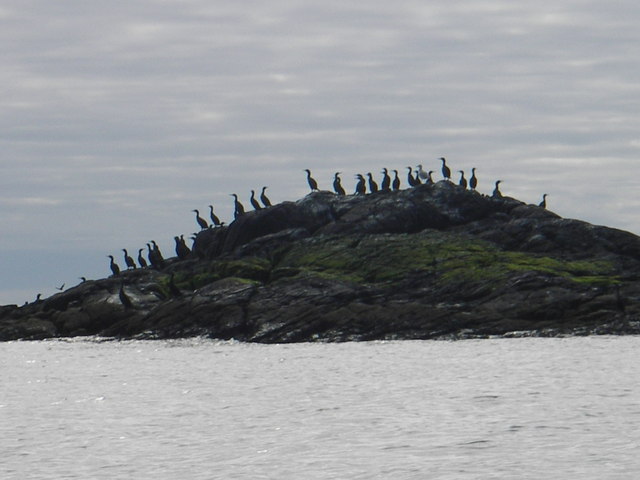
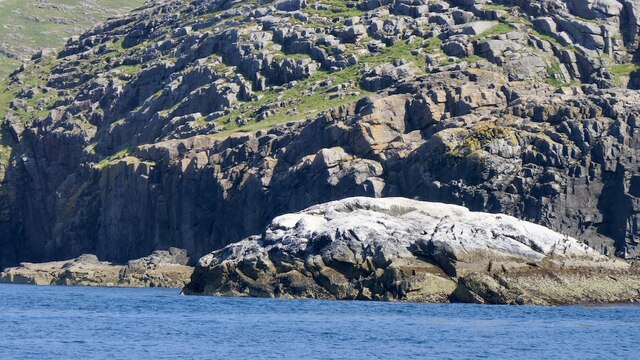
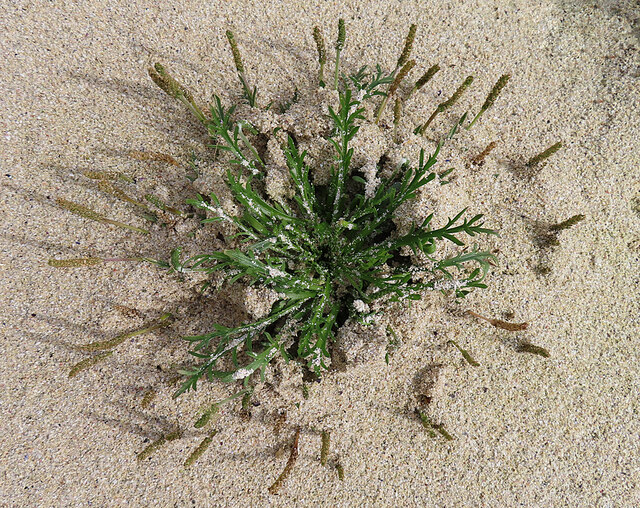
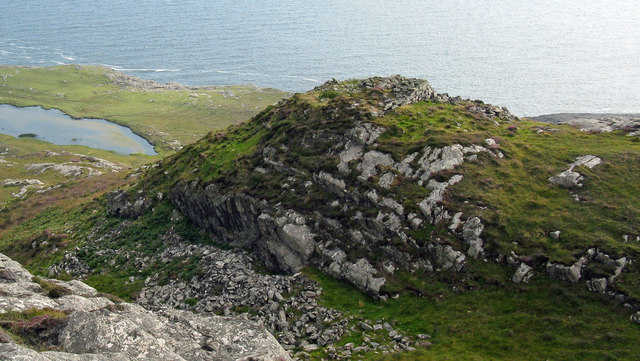
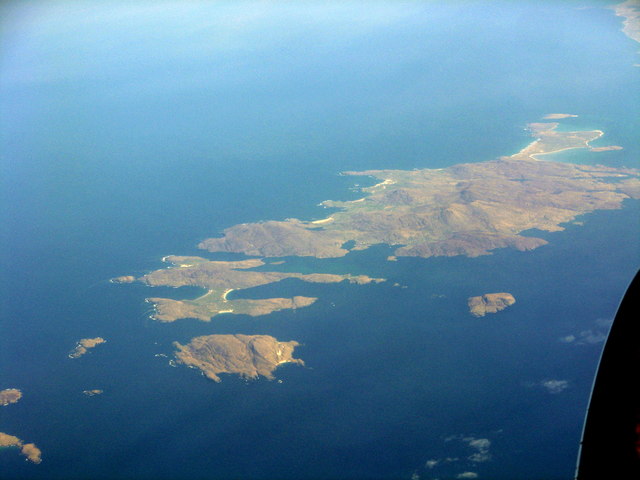
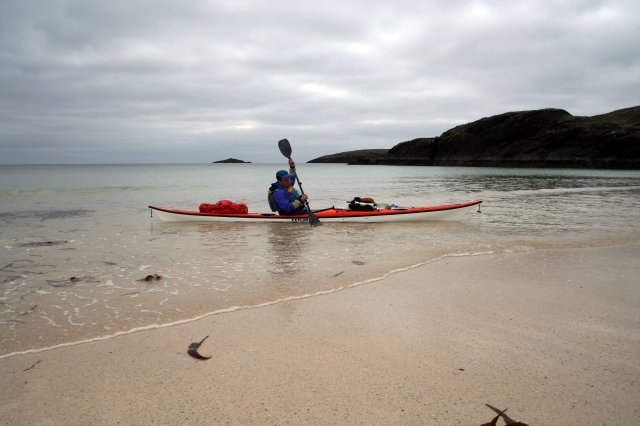
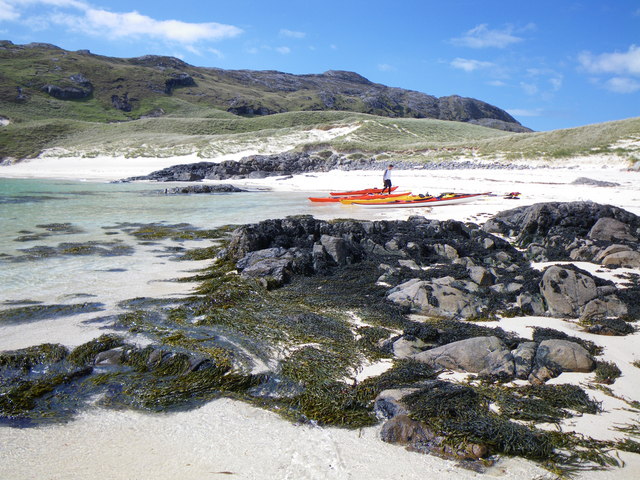
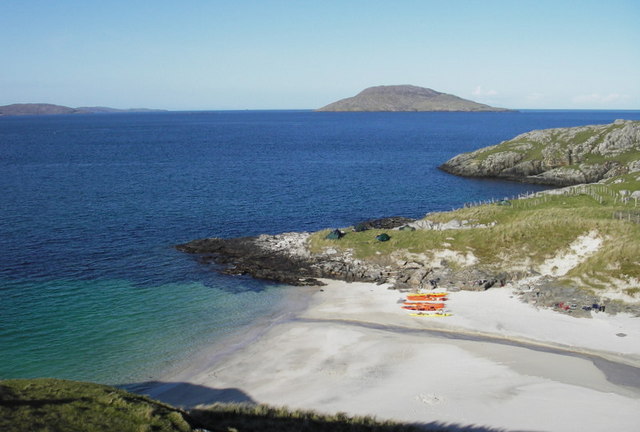
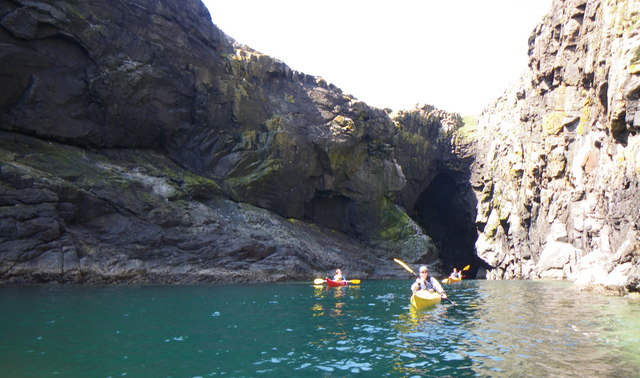
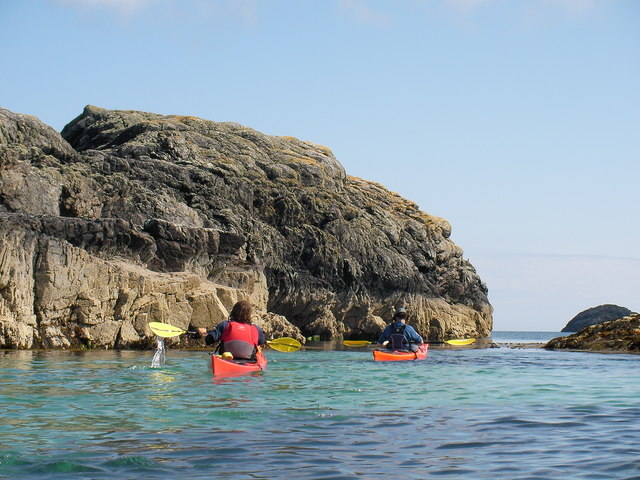

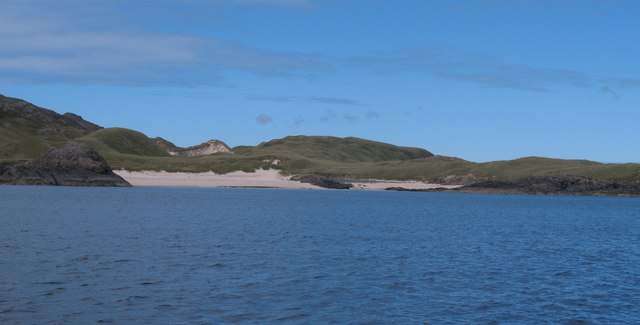
![Squeezing past Eilean Mor The OS 1:50000 map hardly shows a gap here, but Donald MacLeod's boat sails safely through the narrow channel. To the right are the rocks of Eilean Mor [Big Island], hardly an appropriate name for a lump of rock barely more than 100m long.](https://s3.geograph.org.uk/geophotos/02/06/39/2063979_e3924032.jpg)
